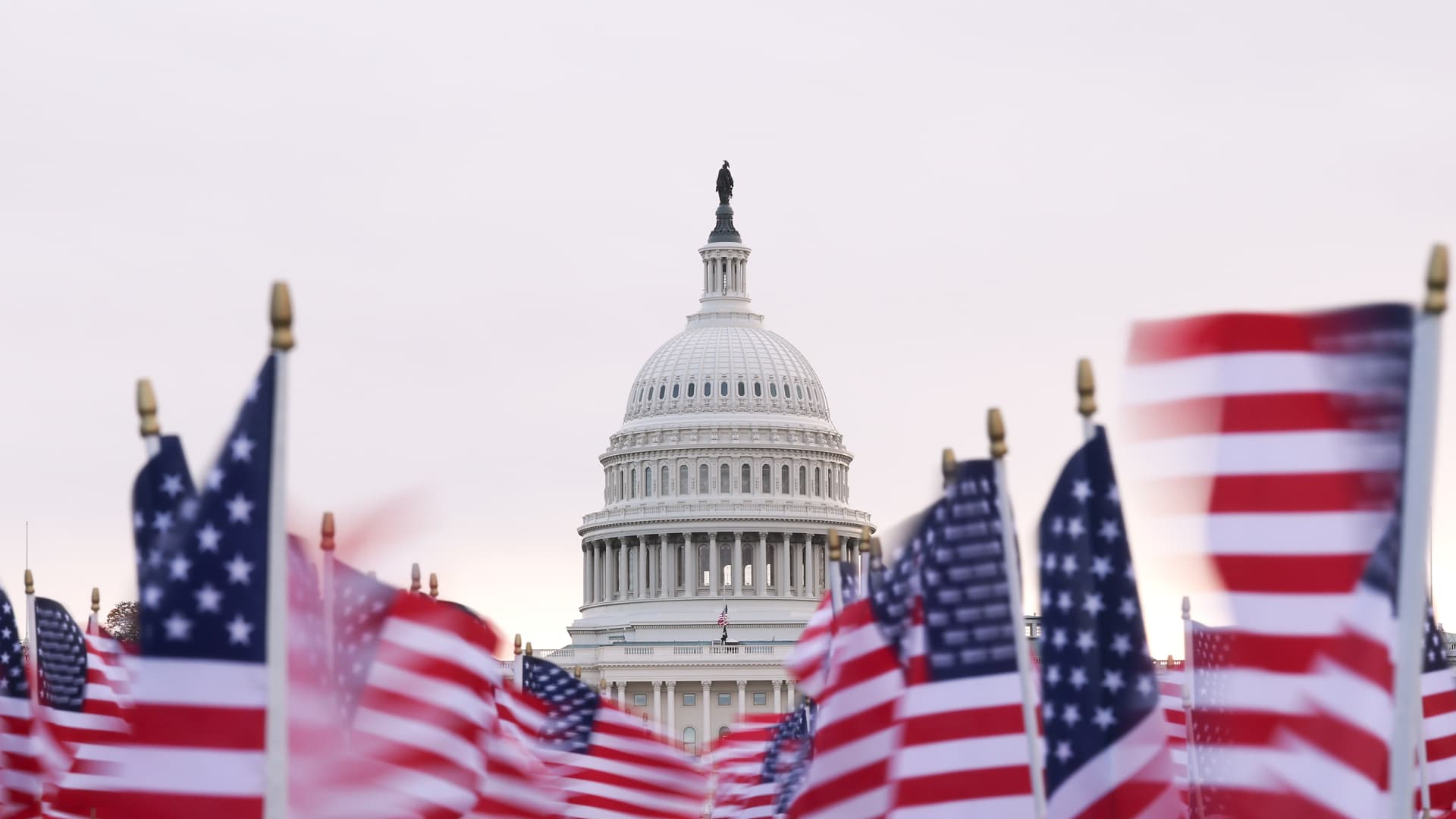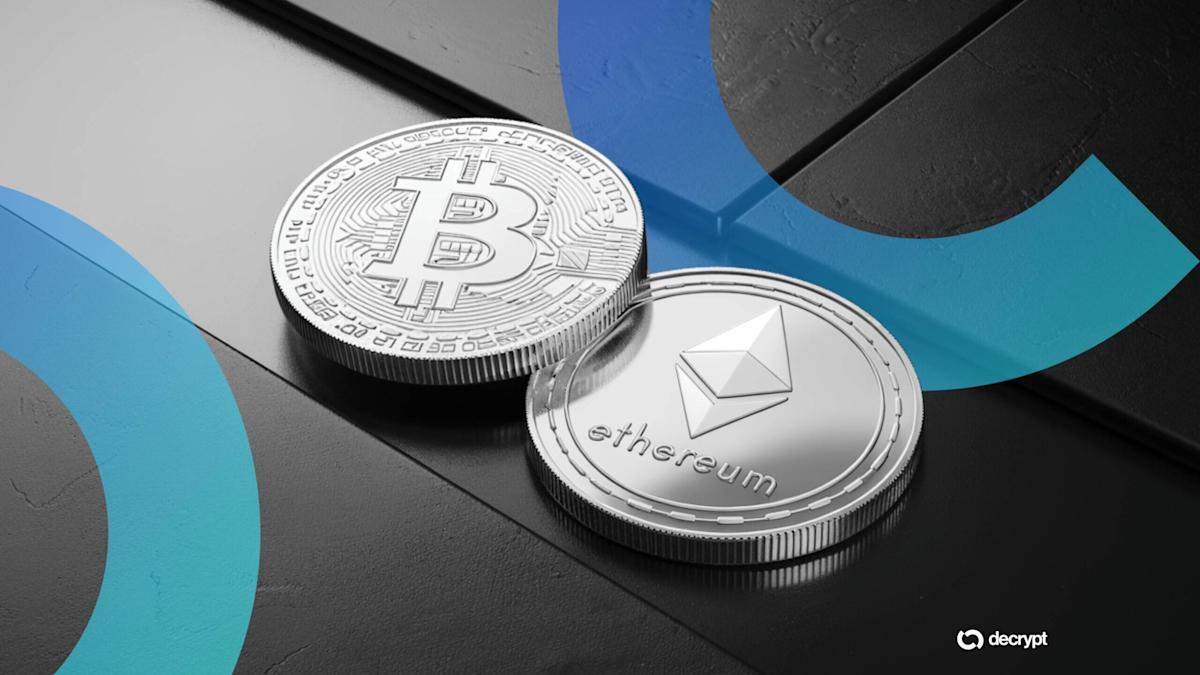TLDR
- The Indian Fintech Summit focused on CBDCs, AI and regulated digital assets.
- CRF-IND blocks 25 off crypto exchanges for AML and KYC violations.
- Finance Minister Nirmala Sitharaman recognizes stablecoins for cross-border payments.
- India prioritizes government-controlled digital infrastructure for financial innovation.
India’s premier fintech event, the Global Fintech Fest (GFF) 2025, has made a clear statement by excluding discussions on private cryptocurrencies and stablecoins. The move highlights the country’s transition to a government-led digital financial future. The move coincides with stricter regulatory measures, including a crackdown on offshore crypto exchanges, signaling India’s commitment to a controlled digital ecosystem, focused on central bank digital currency (CBDC) and AI-driven national infrastructure.
Exclusion of private cryptocurrencies and stablecoins
During GFF 2025, which took place in Mumbai from October 7 to 9, discussions around cryptocurrencies and stablecoins were notably absent. This is not an oversight but a deliberate choice on the part of the event organizers, reflecting the current priorities of the Indian government. The summit mainly focused on areas under government control, such as the development of central bank digital currency (CBDC), advances in artificial intelligence (AI), and national digital infrastructure like DigiLocker.
The exclusion of these assets from the agenda is in line with India’s regulatory stance. The government has always made it clear that the private sector cryptocurrencies are not legal tender and should not be part of traditional financial discussions. Instead, there is a strong focus on financial technologies that operate within the regulatory framework set by the Reserve Bank of India (RBI) and other government agencies.
Regulatory action and crackdown on offshore crypto exchanges
The exclusion of cryptocurrencies of GFF 2025 comes against the backdrop of increasing regulatory action against digital assets. The Financial Intelligence Unit of India (FIU-IND) recently ordered the blocking of 25 offshore crypto exchanges for non-compliance with anti-money laundering (AML) and know your customer (KYC) requirements. These exchanges were found to be non-compliant with the Prevention of Money Laundering Act (PMLA), a key regulation for financial operations in the country.
The move is part of India’s broader efforts to ensure that all financial operators, including digital platforms, comply with national standards. FIU-IND’s enforcement of these regulations clearly shows that platforms operating without the necessary legal framework will face consequences, including exclusion from the Indian market. The government’s actions reinforce its position on the need for full integration into the regulated ecosystem.
India’s position on stablecoins and cross-border payments
Despite excluding speculative virtual digital assets (VDAs) like cryptocurrencies, Indian Finance Minister Nirmala Sitharaman acknowledged the potential role of stablecoins in the global financial system. In early October 2025, she said countries must “prepare to engage” with stablecoins, recognizing their potential to facilitate cross-border payments and improve finances. infrastructure.
The Indian government, however, remains cautious towards stablecoins, due to the risks linked to their volatility. Minister Sitharaman emphasized that while the technology behind stablecoins can be valuable, it needs to be regulated to mitigate financial risks. The Indian government works to ensure that any digital asset or currency under its jurisdiction complies with local financial laws, including those governing the issuance of the country’s own CBDC.
India’s focus on CBDCs and digital infrastructure
Looking ahead, India’s digital financial ecosystem is centered around government-supervised initiatives, particularly the development of a central bank digital currency (CBDC). The country is working to create a secure and regulated digital currency to complement its existing financial infrastructure. Additionally, the government is investing heavily in national digital platforms, such as DigiLocker, which aim to modernize public services and facilitate secure digital transactions.
These efforts are part of a broader strategy to position India as a leader in digital financial services while ensuring these services are fully regulated and aligned with government policies. As the government continues to roll out these initiatives, the role of private and unregulated cryptocurrencies appears increasingly diminished in the country’s financial strategy.
India’s position on digital assets is clear: any financial transaction must align with the country’s legal and regulatory framework to access the market.










